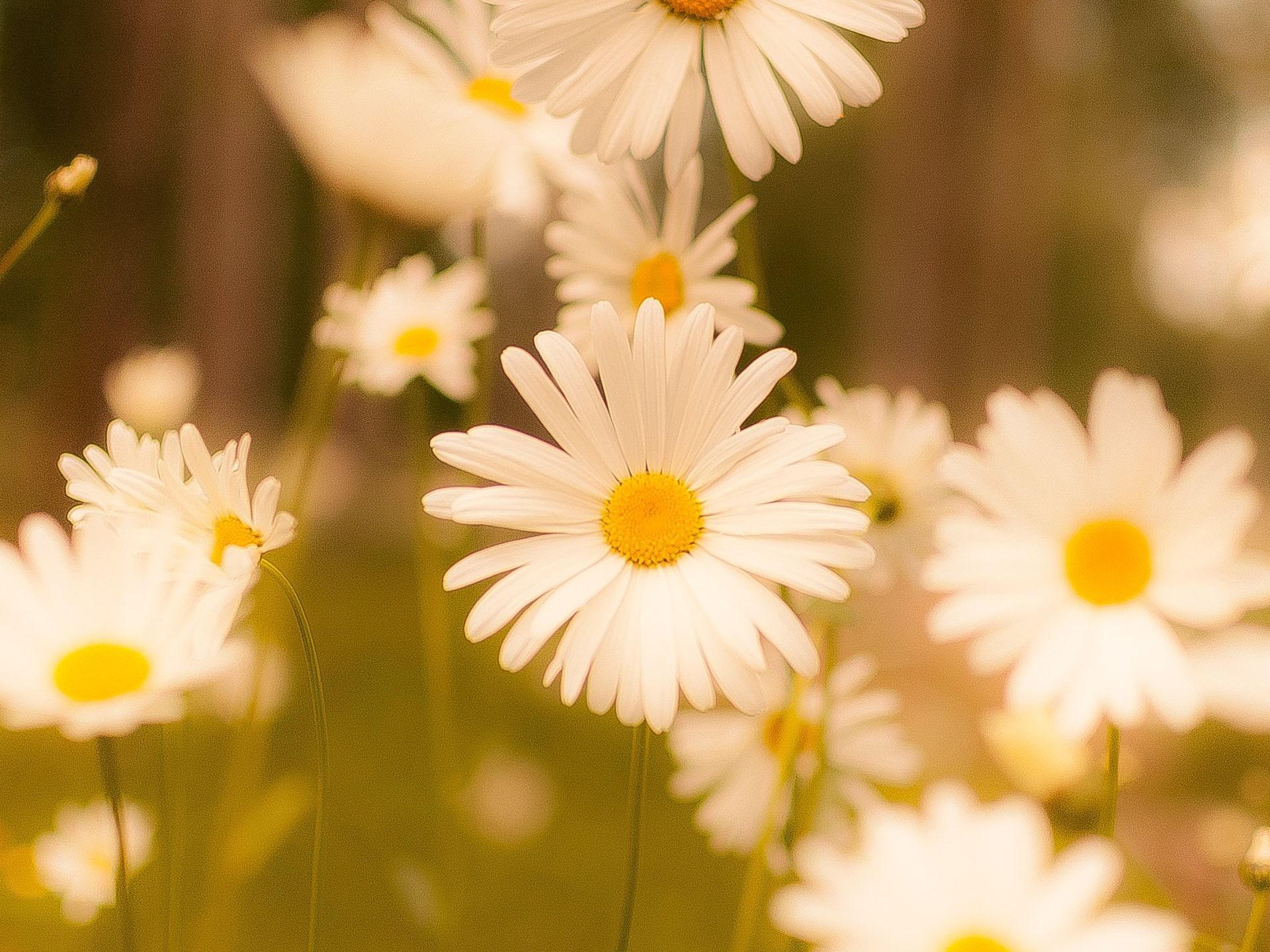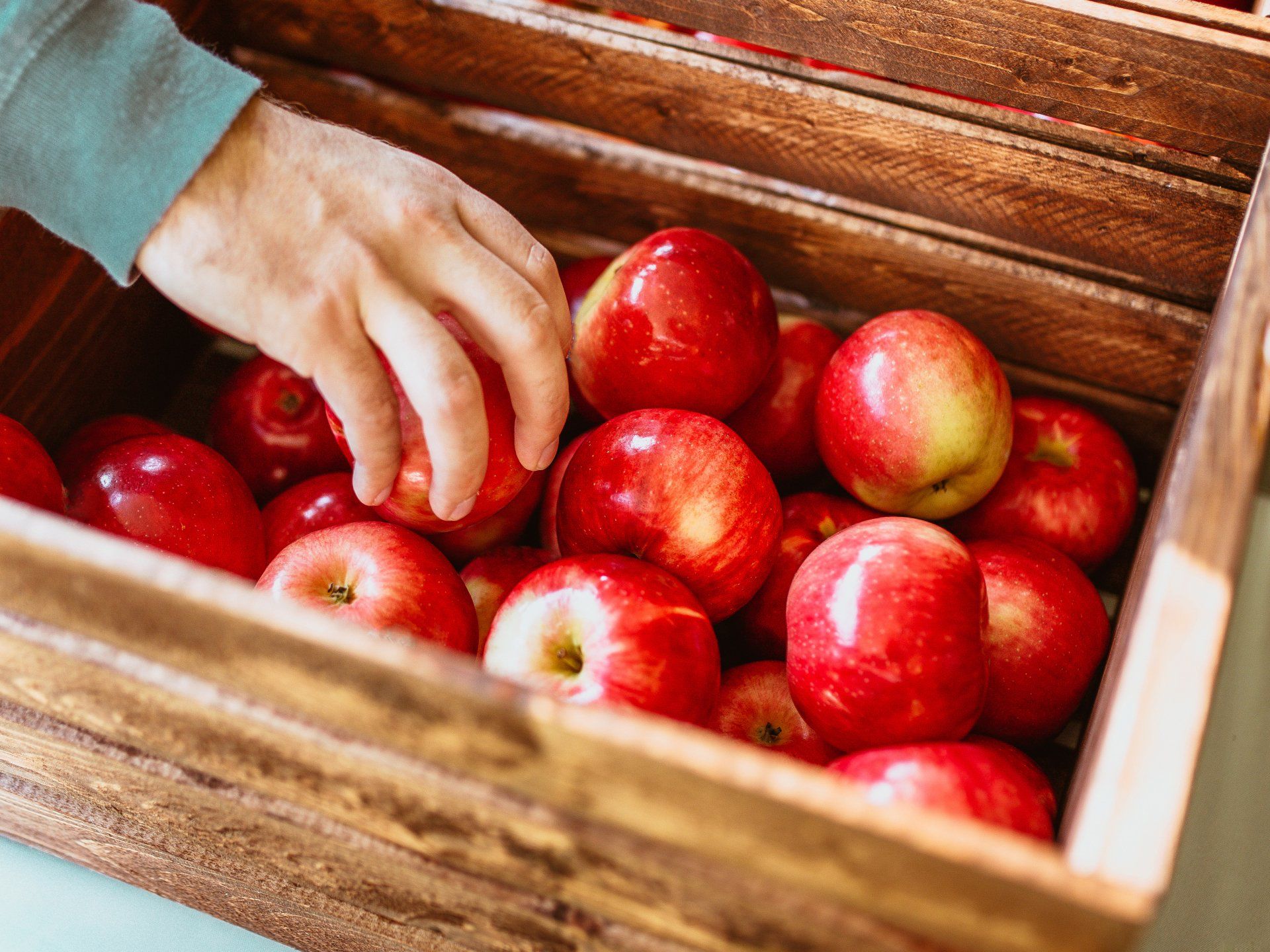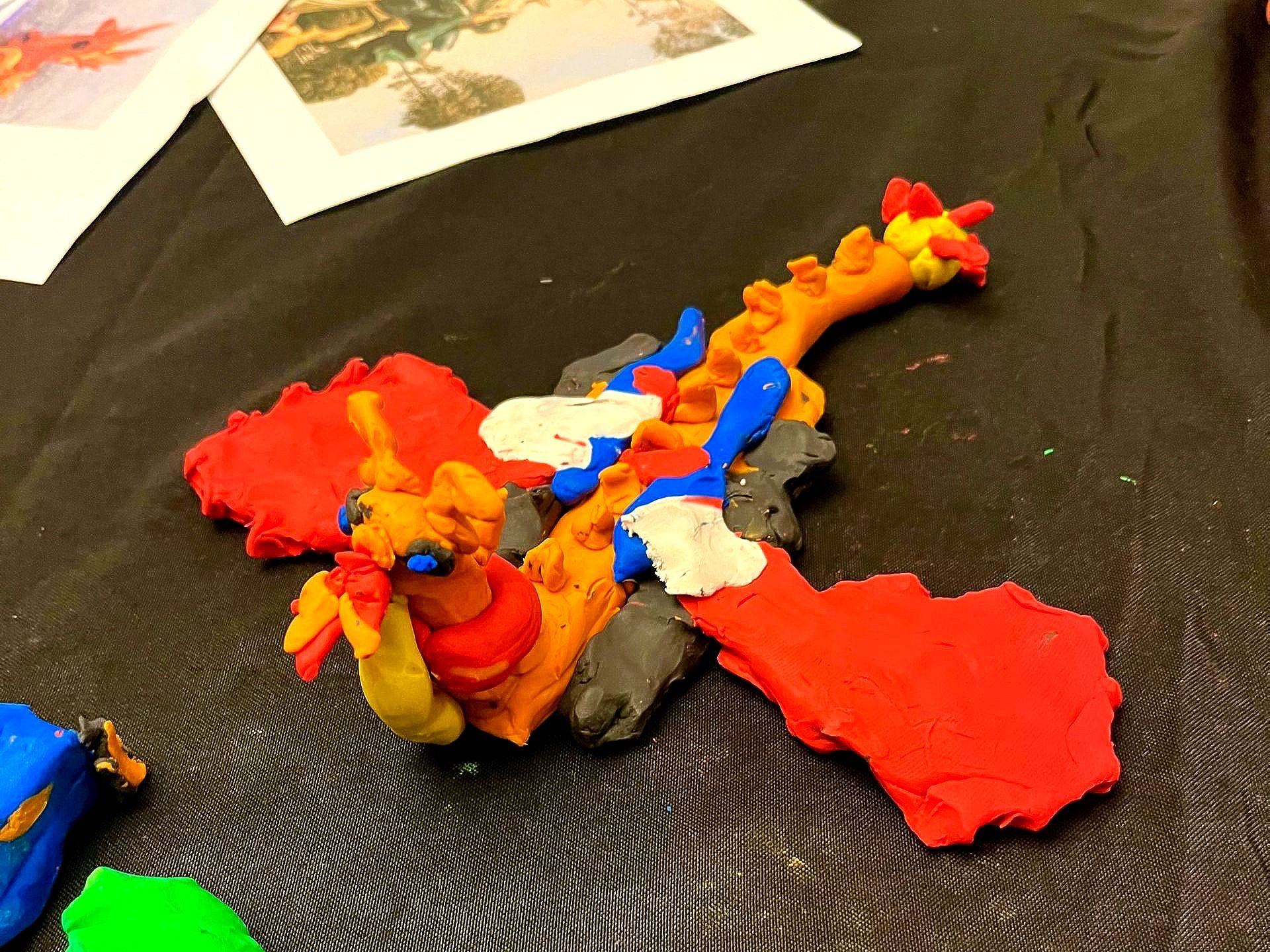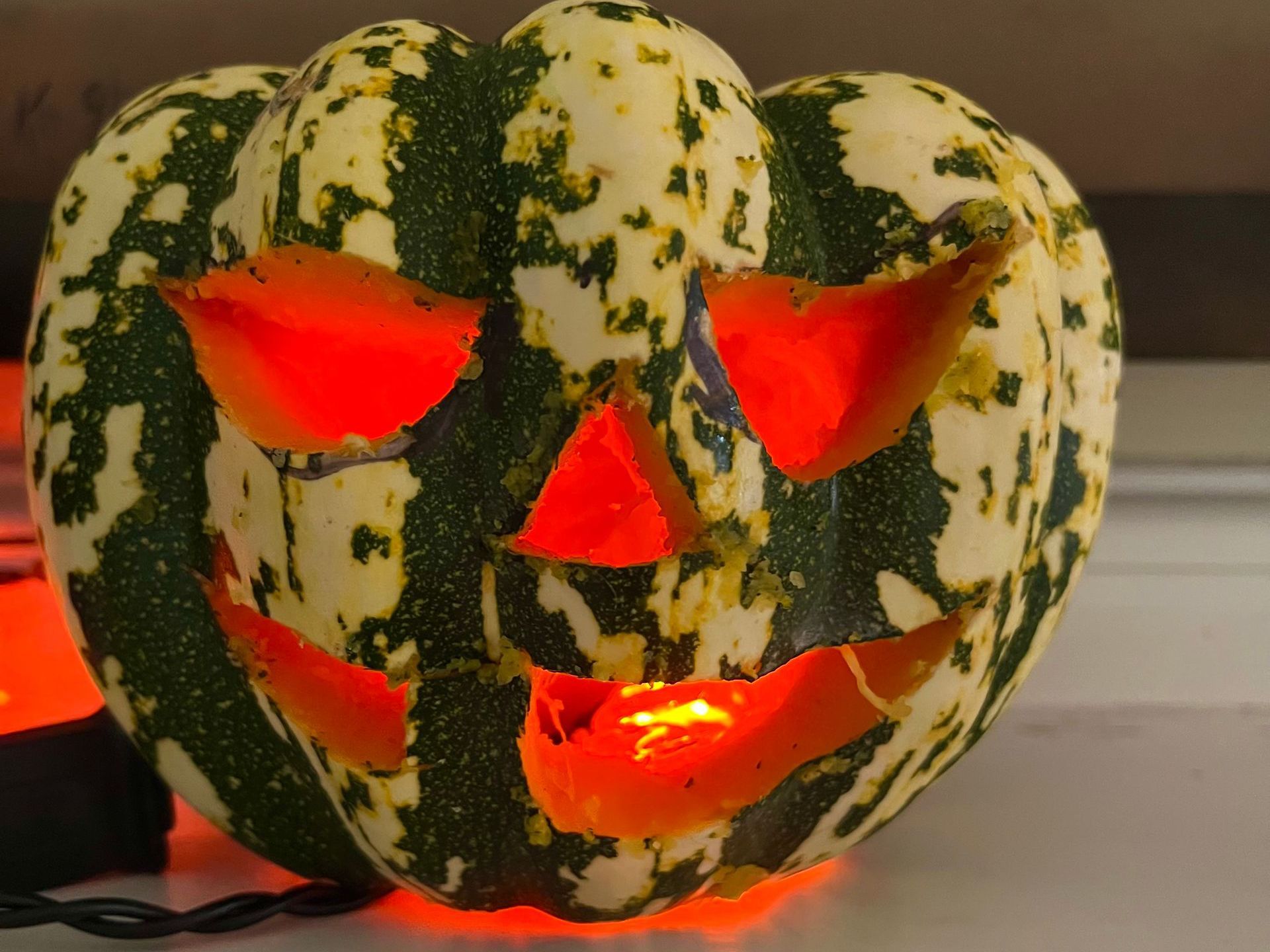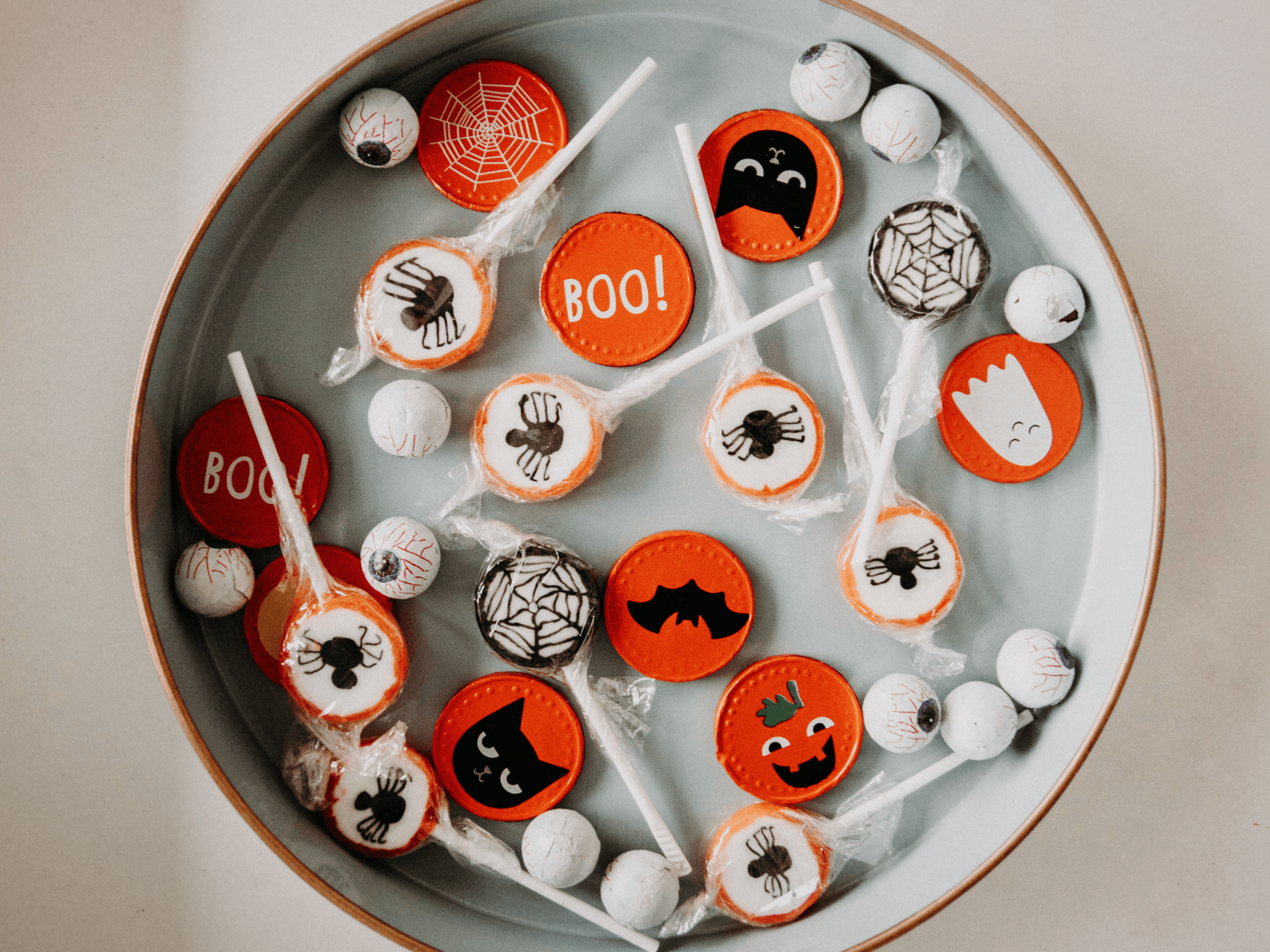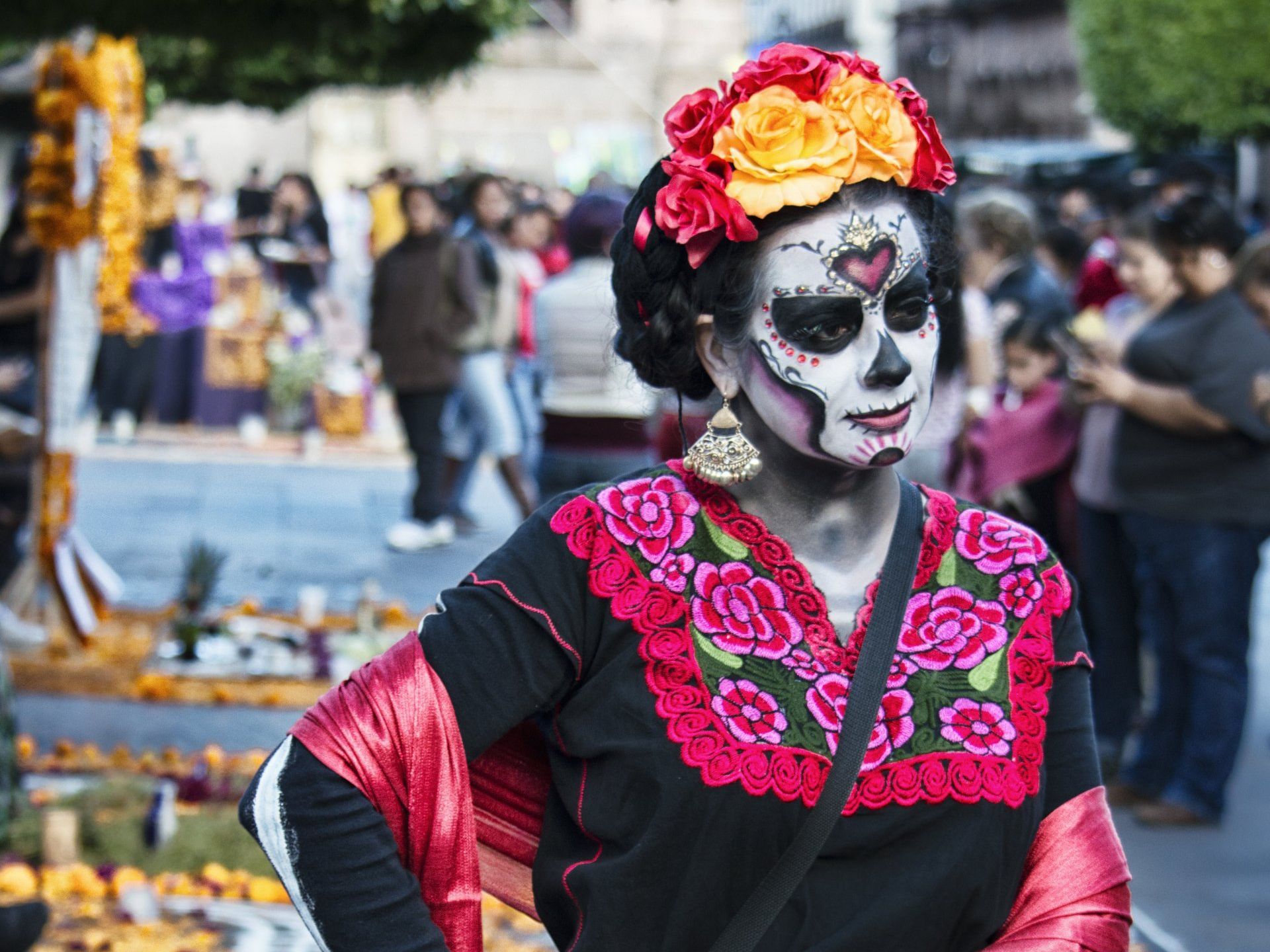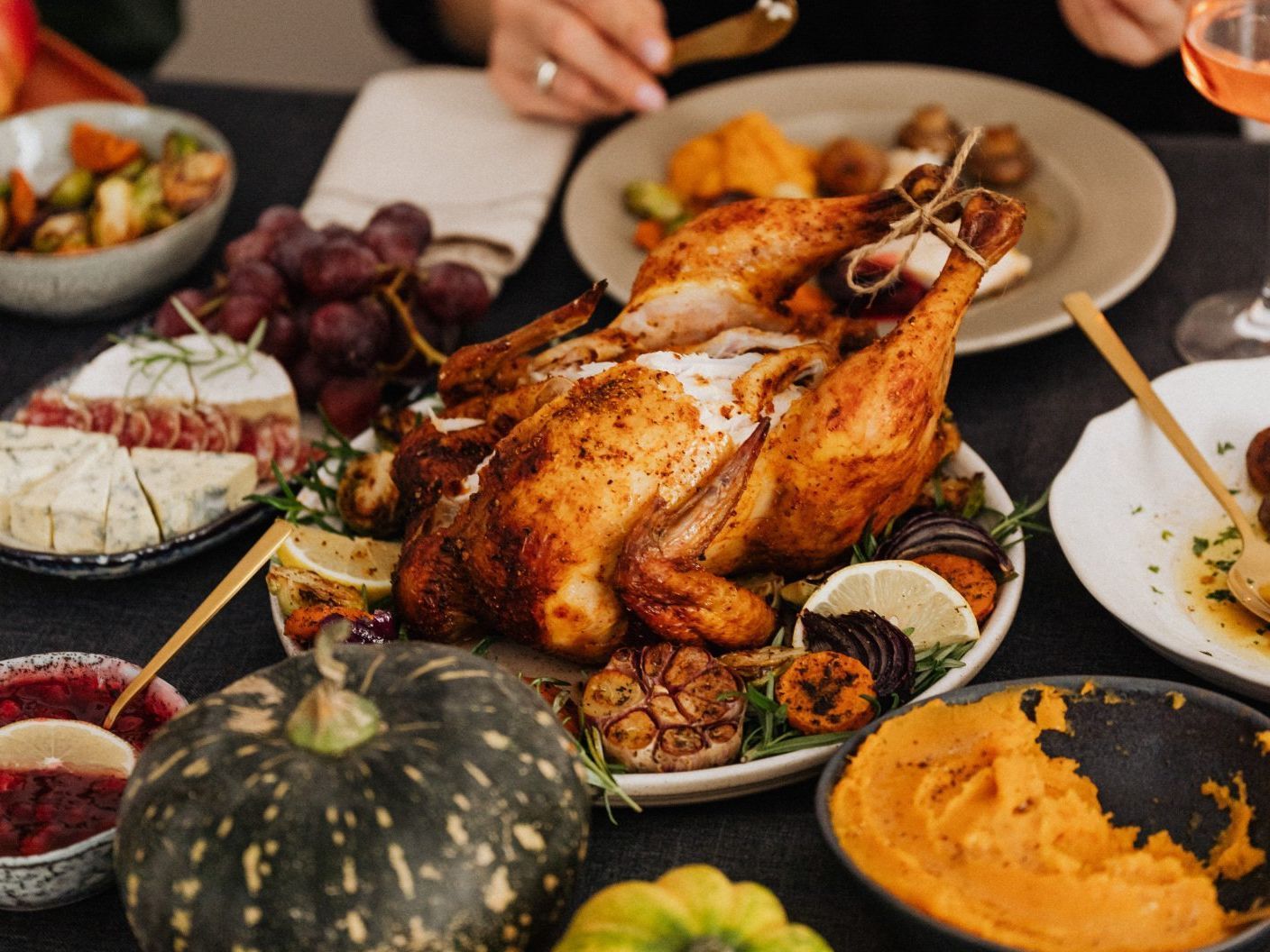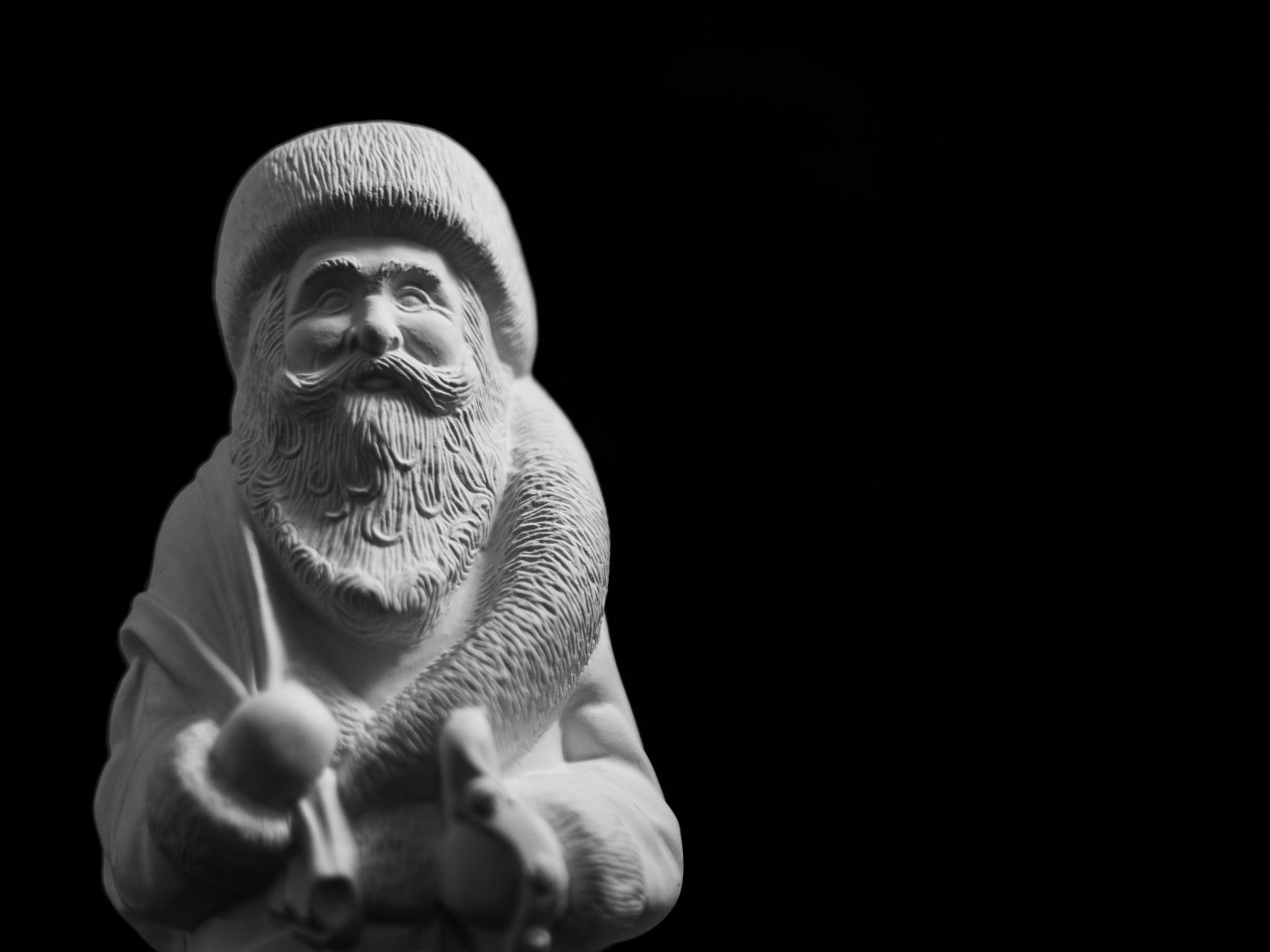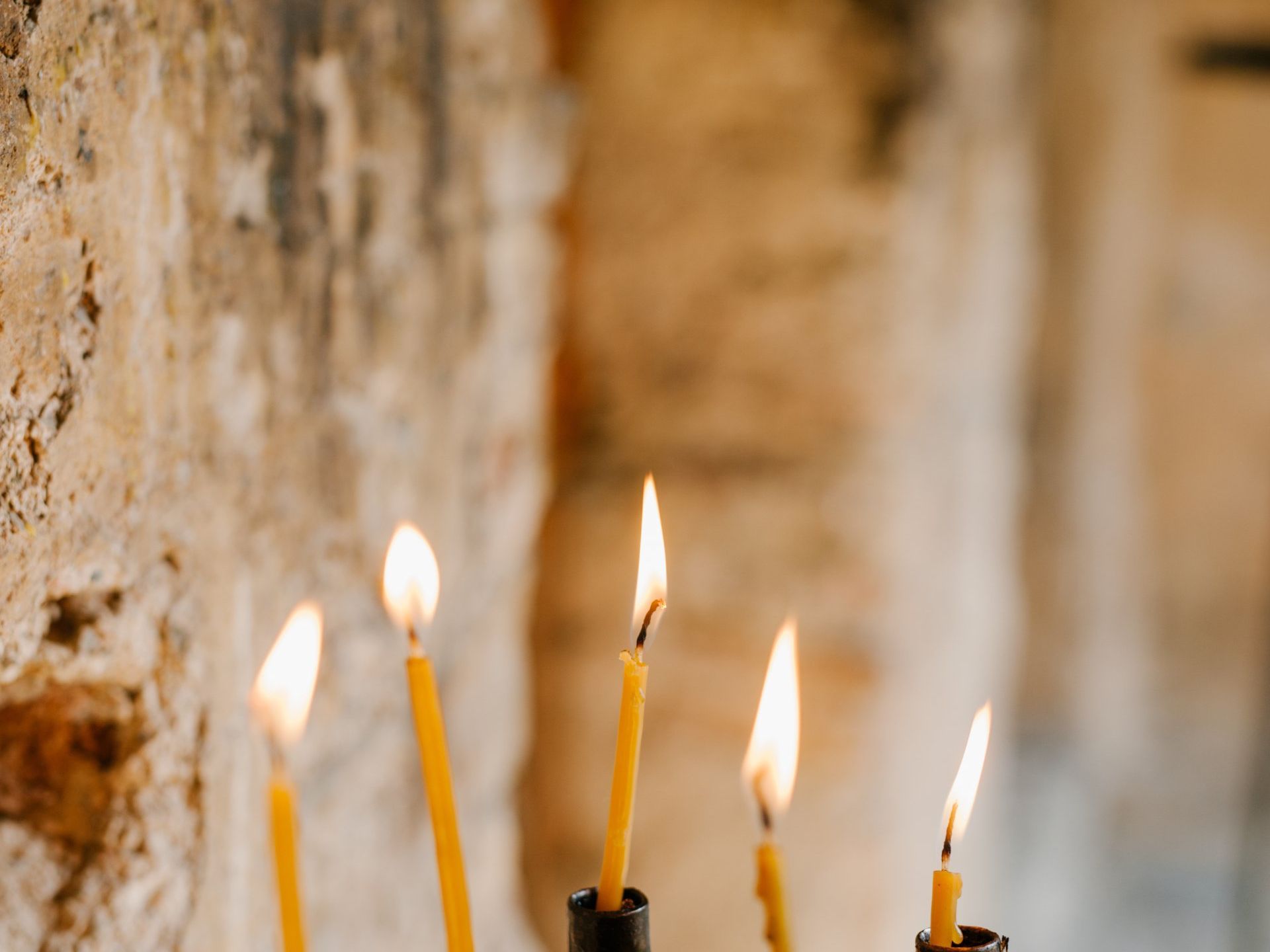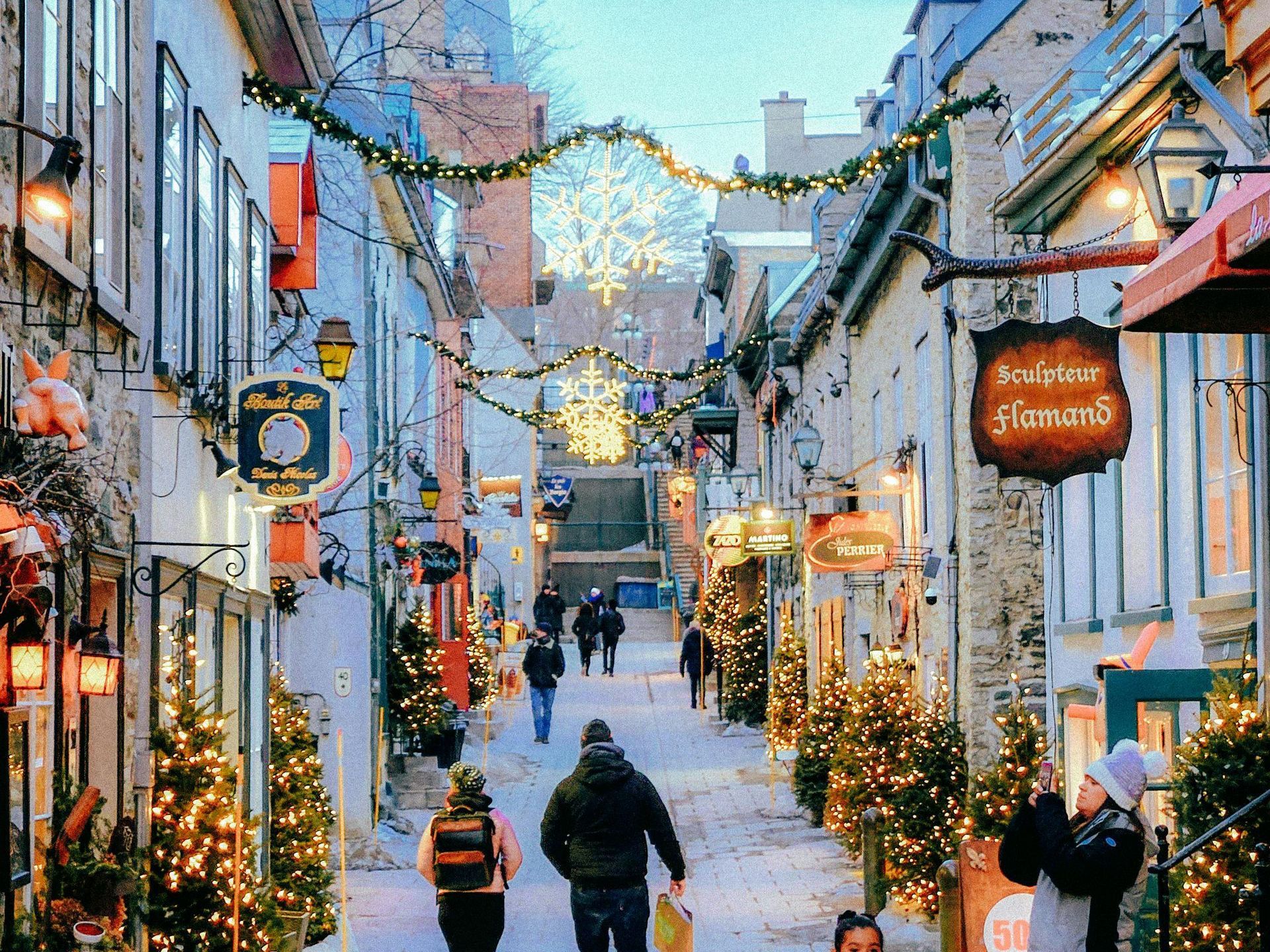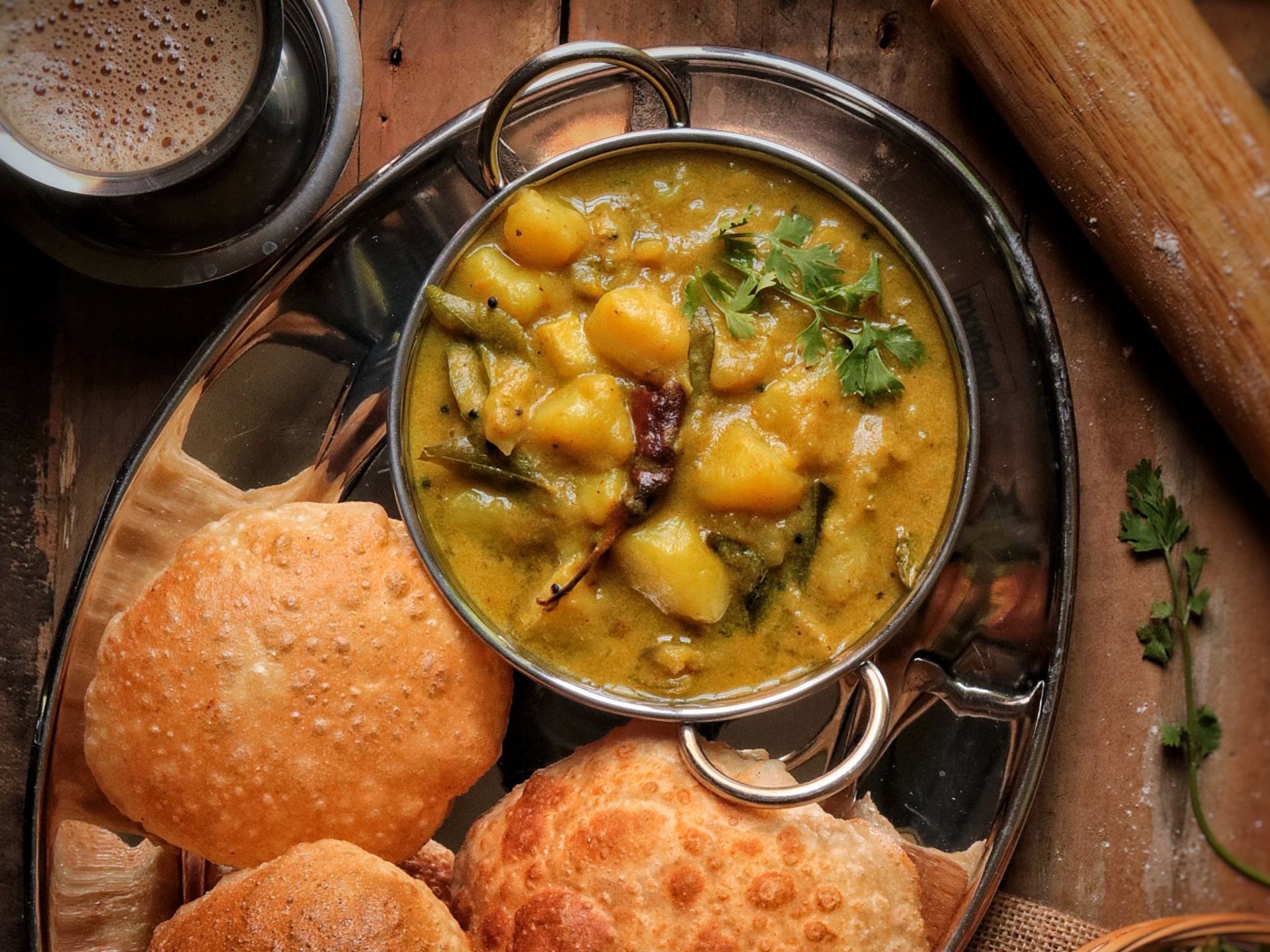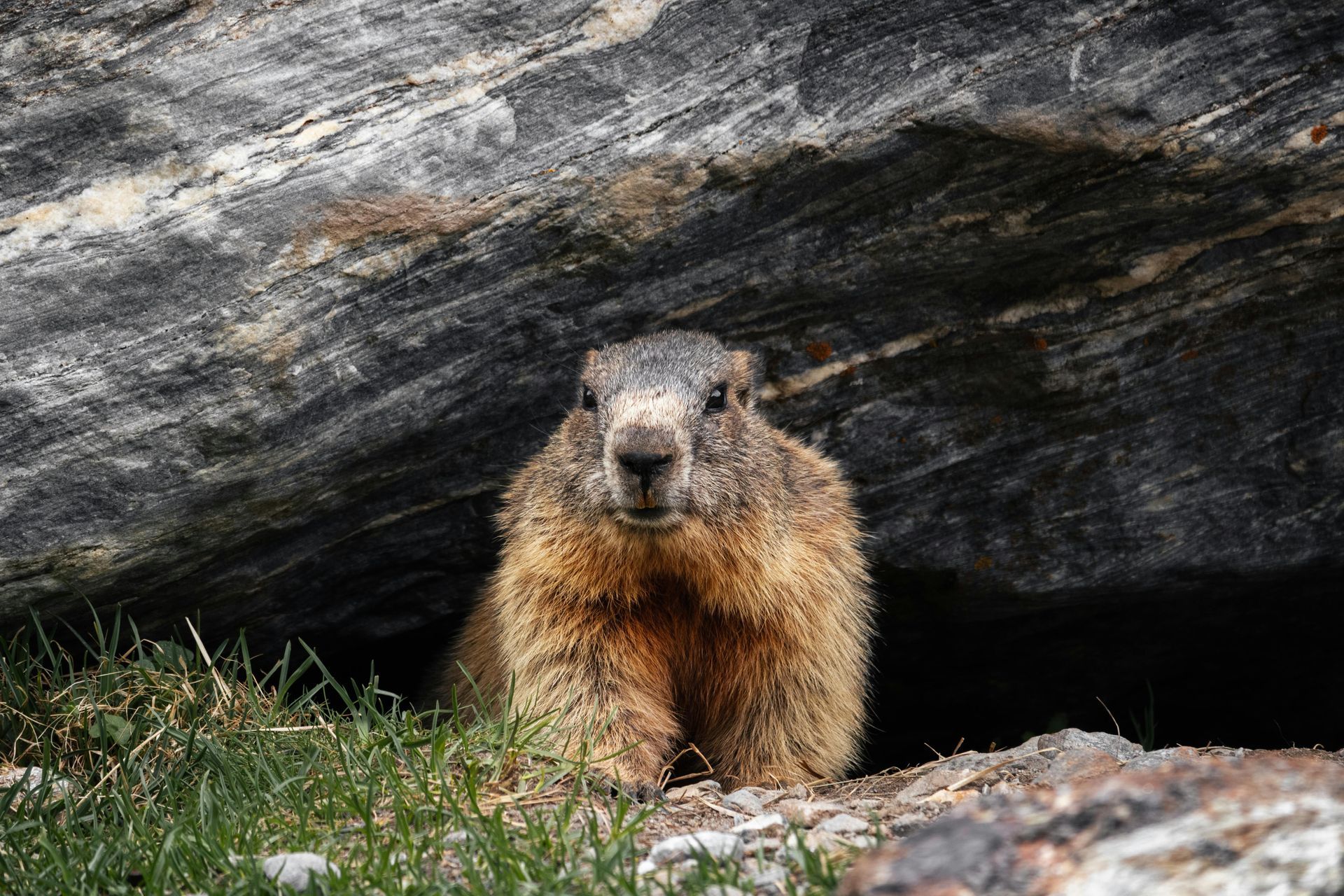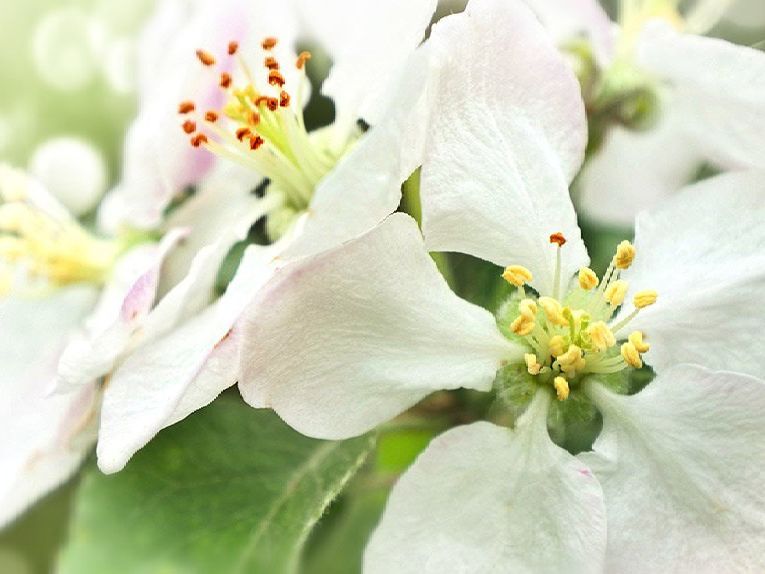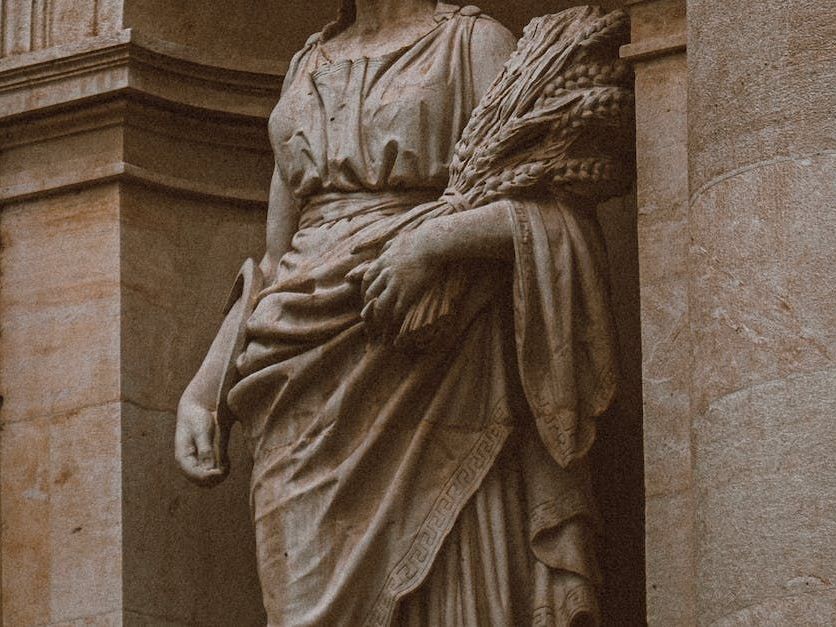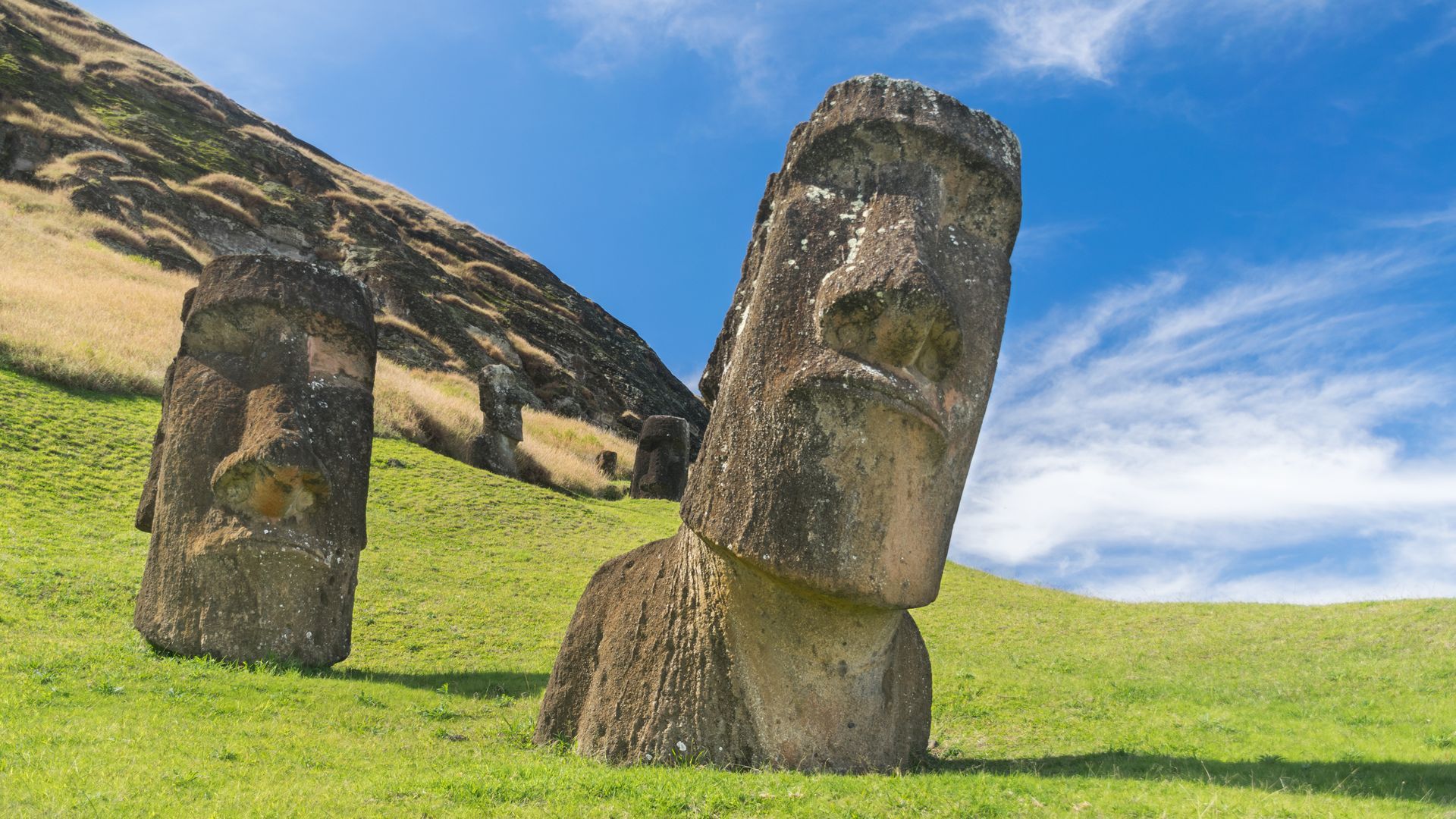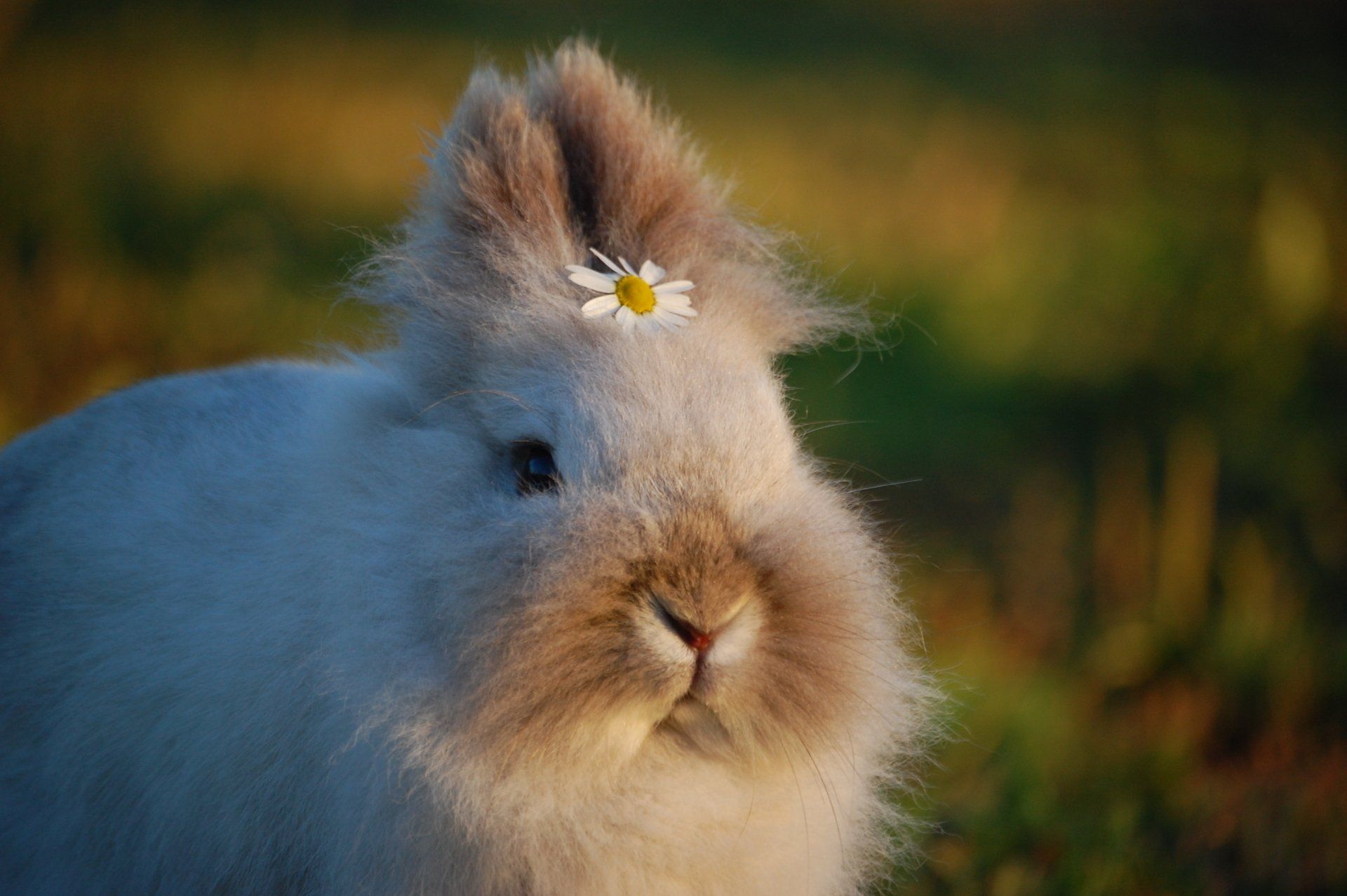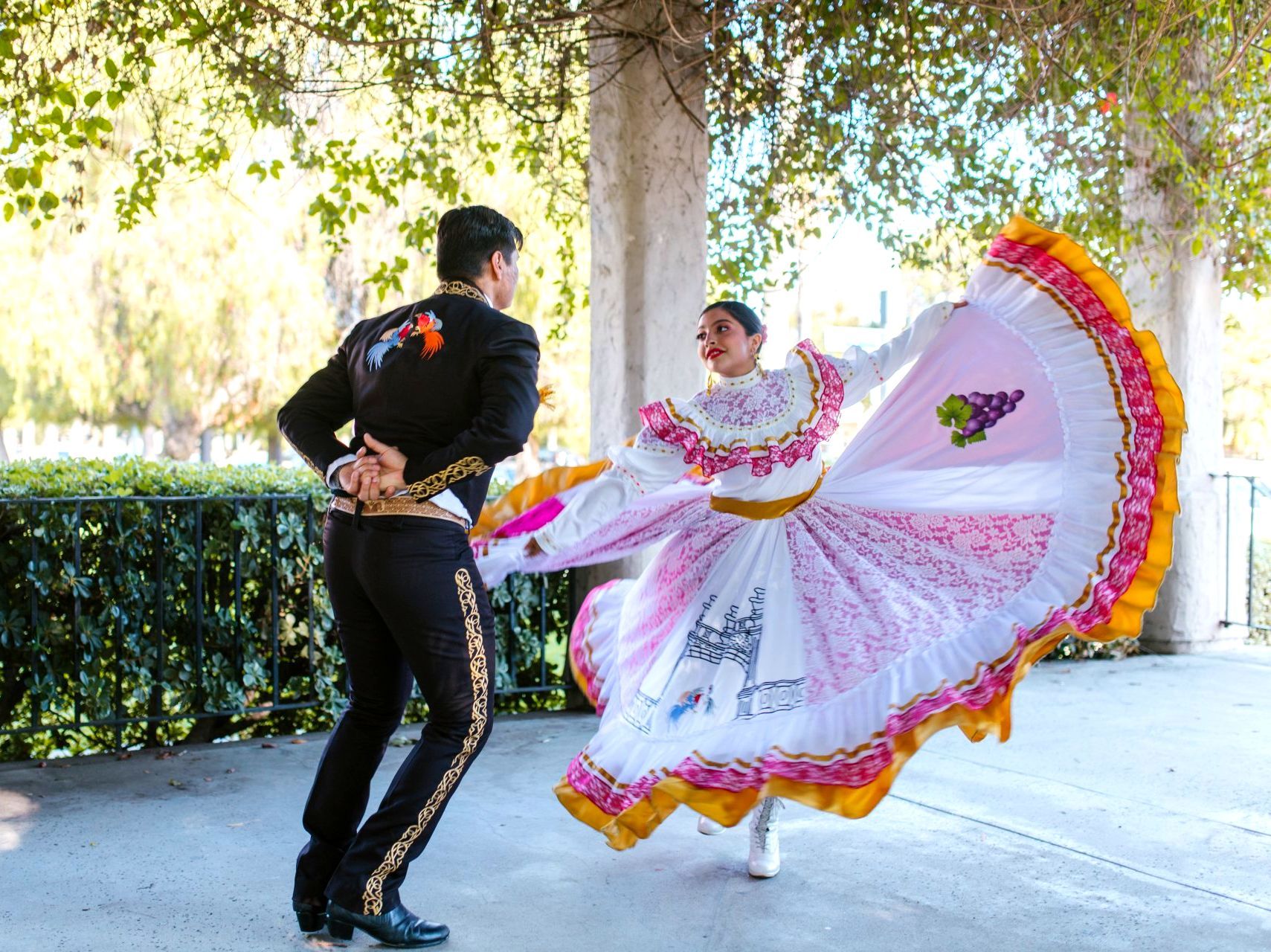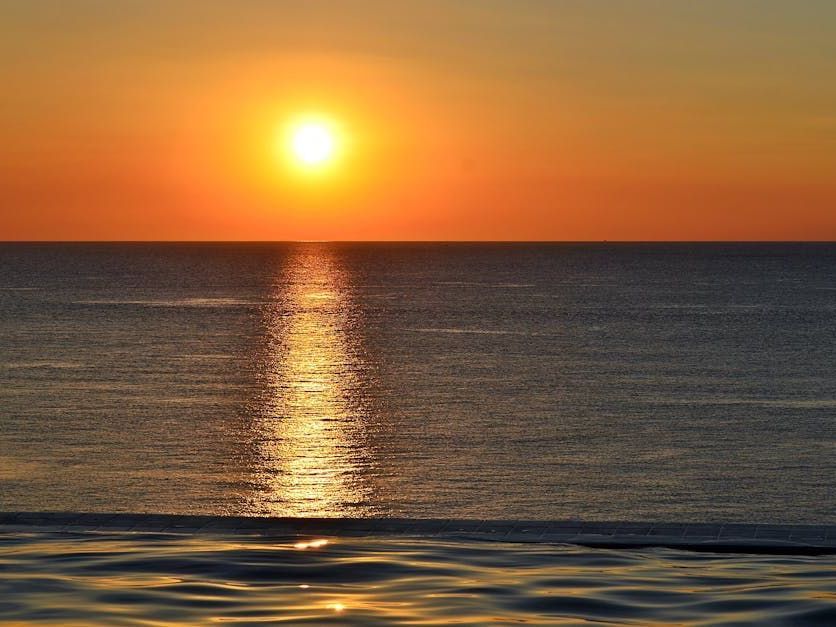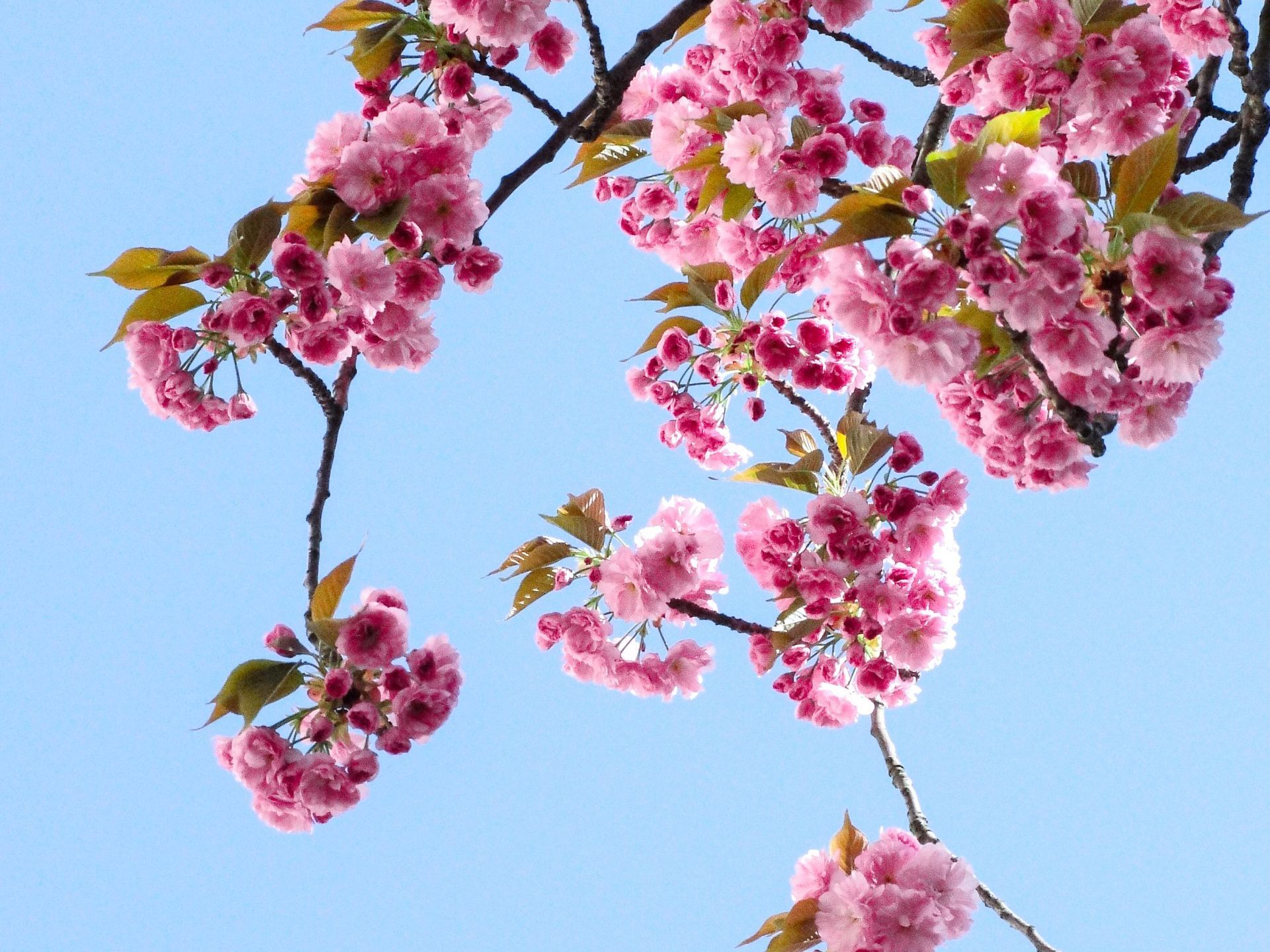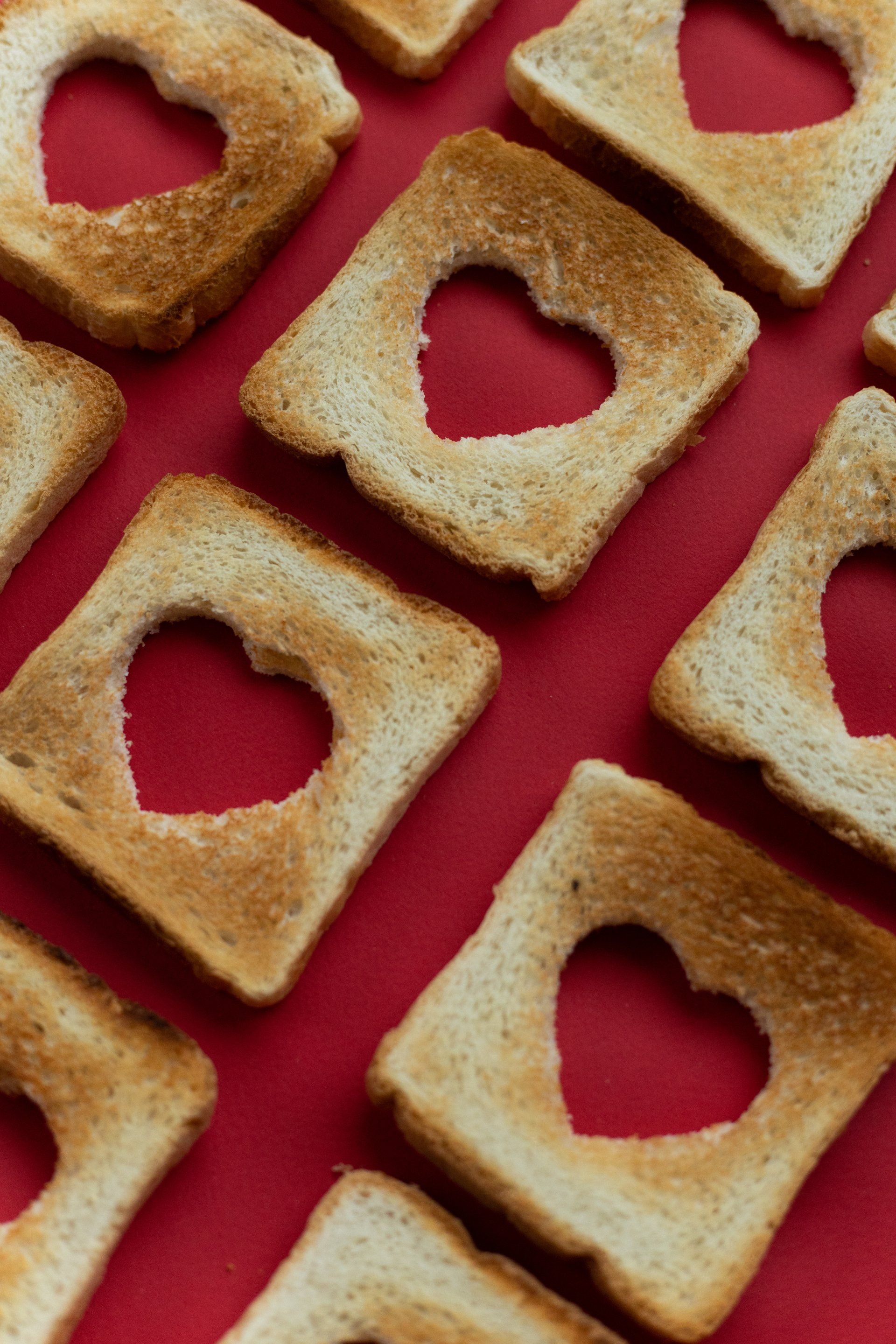inspired by Seasons, enriched with Art,
driven by Stories

Holidays
🌸 Welcome
September 3, 2024
Download🌸 As seasons change, so do the blooms that grace our lives. Flowers mark the beginnings and ends of our cherished moments. ✨ Flowers embody the uniqueness of each phase in our lives, the love surrounding us, the achievements we celebrate, and the honor we bestow. Flowers are always ready to start something new, mark an ending, brighten a celebration, remind us of someone we love, or add joy to our holidays. They don't say a word but speak to our hearts!
QUESTION
🌸 Imagine you're in a magical garden where every flower tells a different story; what stories do you think the flowers would share with you?
PARENT & TEACHER TO-DO LIST
🌸 flowers
🌸 welcome statement
leaf daybook
leaf daybookYOU WILL LEARN:
🌀 leaf anatomy
🌀 intro to dendrology & leaf types: deciduous or evergreen
🌀 photosynthesis: light-dependent reactions & Calvin cycle
🌀 review
🌀 creative writing
🌽 Autumnal Equinox
September 22, 2024
Download🍂 Autumnal Equinox is when the sun is right above the equator. It is the start of autumn. This alignment is one of two yearly equinoxes. In Duluth, MN, at 7:43 AM, the day begins with a whispering sunrise; at 7:37 PM, it ends with a beautiful sunset. 🍂 A day where light and shadow balance in a 12-hour dance. 🍎 In honor of this day, tables brim with harvest bounty 🌽 steaming hot dishes, hearty stone soups, golden cornbread, crunchy carrots, and sweet apples.
GREEK MYTH ✨
Demeter, the goddess of Earth and Harvest and mother of Persephone, says goodbye to her daughter. Demeter's heart-heavy farewell ushers in a season of cold. Persephone returns to the Underworld's embrace with husband Hades, who had kidnapped his wife to rule the Underworld with him. With the seasons of Autumn and Winter, so comes Demeter's sorrow, causing Earth to wither and freeze when her daughter is away. But within this ancient story lies the promise of reunion as Persephone returns to live with her mother in spring and summer, a time of warmth and bliss when Demeter makes the earth bloom. A reminder that a future hello is after every goodbye. 🍁 The ancient Greeks explained the change of season through this myth.
REVIEW
🌽 If you were to celebrate the Autumnal Equinox with a special meal, what dishes would you include?
PARENT & TEACHER TO-DO LIST
🌽 A dish to mark the occasion.
autumnal equinox daybook
YOU WILL LEARN:
🌀 an astronomical event
🌀 curious details; the autumnal equinox
🌀 folkloristics
🌀 the story of Demeter & Persephone
🌀 the story of Houyi & Chang'e
🍎 Apple Picking
Mid-September 2024
DownloadAs the leaves begin their colorful transformation, Minnesota enters the heart of the apple-picking season, stretching from the crisp mid-September air until the eerie glow of Halloween. 🍎
🍁 It was after the explorations of Christopher Columbus that apple seeds were brought to the New World. In the 1600s, the French Jesuits carried apple seeds across the ocean, aiming to plant trees and the seeds of their beliefs in the New World.
Long before the European apple varieties were planted in America, the tart, native crabapple stood alone.
Our apple-picking connects us to the 8th century CE (Common Era)/ AD (Definition: Anno Domino - in the year of the Lord) 🌳
Every apple holds a slice of history and the promise of a youthful spirit.
✨ NORSE MYTH
Iduna, the goddess of Spring, tended to her magic apples of immortality, essential to the gods to maintain their eternal youth. ✨
REVIEW QUESTION
🍎 If you could plant your apple tree with magic apples, what special powers would your apples have, and who would you share them with?
PARENT & TEACHER TO-DO LIST
🍎 apples
apple daybook I
apple daybook IYOU WILL LEARN:
🌀 apple taste test
🌀 apple anatomy
🌀 colonial North American history
🌀 curious details on apples
🌀 famous paintings featuring apples
🌀 short story apple writing
apple daybook II
YOU WILL LEARN:
🌀 apple density: sink or float?
🌀 apple boats
🌀 intro to Johnny Appleseed
apple daybook III
YOU WILL LEARN:
🌀 chemical properties of elements: oxidation (apples)
🌀 measurement & weight
🌀 temperature
🌀 math concepts
🌀 life skills
🌀 Waldorf apple story
🍁 Quarter Day: Michaelmas & Picnic
September 29, 2024
✨ Michaelmas, also known as the "Feast of Michael and All Angels," or the nickname "Devil's Spit Day" or "Goose Day," is a tradition deeply rooted in history. On this day, we remember St. Michael, with his outspread wings, and St. George upon his horse, both symbols of courage facing darkness as told in the Book of Revelation, in the New Testament of the Bible. Michaelmas is a time of reflection on our ability to overcome the challenges we face in life. In paintings, sculptures, and drawings, St. George tames the fiery dragon (a symbol of danger) with the help of the Archangel St. Michael, who gives him courage. St. Michael is winged and usually depicted on foot. St. George fights the dragon on horseback, and Michael and his angels fight the dragon (Satan) in heaven. St. George fought on Earth.
Michael's prayer asks for protection and strength. Saint Michael the Archangel, defend us in battle; be our protection against the wickedness and snares of the devil.
It marks the end of the summer farming season and welcomes the harvest. Queen Elizabeth the First (Daughter of Henry the 8th) believed eating goose to bring prosperity and good luck and decided it should be eaten on Michaelmas. The British would eat goose to protect against financial need. If tenants were late paying debts, they would bring a goose to try to buy more time. The Irish families would eat roast goose dinner, recognizing the end of fishing and the beginning of hunting. It's a traditional time to pick apples and make cider. During Michaelmas the Struan Micheil; a scone cake from Scotland, is made with whatever grains are available. The daisy is the flower of Michaelmas. It is the last flower in many gardens to fight against the oncoming darkness of Autumn and Winter.
BRITISH FOLKLORE
Michaelmas is said to be the last day that blackberries should be picked. On this day, Lucifer was expelled from Heaven; he fell from the sky onto a blackberry bush. This is the day the devil came to Earth. The day the devil spit onto blackberries. He cursed the fruit. He stomped on them and spit, making them unfit to eat after he fell. Michaelmas is also nicknamed "Devil's Spit Day."
Michaelmas is part of the 4 Quarter Days of the year, a tradition from England. People believed celebrating the Mystery of Michael would bring prosperity and wealth for the upcoming year. It is not celebrated as much as it used to, as Michaelmas was abolished in the 18th century by Henry VIII when he split from the Catholic Church in the 1500s to start the Church of England and become it's supreme head, as he wanted a divorce and the pope would not grant one. He became the supreme head of the Church of England so he could grant himself a divorce to marry his new love interest. He separated the entire country of England from the Roman Catholic Church.
REVIEW QUESTION
🍁 If you were to celebrate Michaelmas with a special feast, what dish would you include to symbolize courage and protection, and why?
PARENT & TEACHER TO DO LIST
🍁 a dish to mark the occasion
🍁 blackberries
The song "The Autumn Wind Blows Open the Gate," is part of Waldorf (Steiner) education's tradition of seasonal and festival songs. It aligns with the themes of Michaelmas, a celebration of Saint Michael's courage and the triumph of light over darkness, traditionally observed in autumn.
The full lyrics of the song often vary slightly:
The autumn wind blows open the gate,
Saint Michael for you, we wait.
We follow you, show us the way,
With courage we meet the new day.
or
The autumn wind blows open the gate,
Saint Michael for you, we wait.
We follow you, show us the way,
With joy, we greet this Autumn Day!
Good morning, Good morning.
This song, like many in the Waldorf tradition, is usually anonymous and passed down orally or through Waldorf school resources, which makes it challenging to attribute to a single author. It is widely used in Waldorf education as a seasonal song, designed to reflect the themes of bravery, transformation, and connection to nature.
The song "Michaelmas Time" is a traditional song associated with the Waldorf (Steiner) education system, commonly sung during Michaelmas, a festival celebrating courage, strength, and the arrival of autumn.
The full lyrics often vary slightly between communities, but a common version goes like this:
Michaelmas time, Michaelmas time,
Time is turning under the plough.
Under the plough, the seeds are sown,
In earth's dark womb, the light is grown.
The stones crack, the seeds sprout,
The plant grows, the harvest comes out.
or
Michaelmas time, Michaelmas time,
Time is turning under the plough.
Under the stars, under the sky,
The ploughman work with deep furrowed brow.
He turns his thoughts against the cold.
Buries his fears neath the Earth's deep mould.
Frost, like fire, burns bright on the blade
Of his iron sword that red fire made.
The authorship of the song is not typically credited to a specific individual. Many Waldorf festival songs are traditional or have been adapted from folk traditions and shared collectively within the Waldorf community.
Michaelmas daybook
YOU WILL LEARN:
🌀 introduction to Michaelmas
🌀 the tradition of wild carrots
🌀 the legend of Queen Anne's Lace
🌀 the scientific method
🌀 carrot top experiment
🌀 plant regeneration
🌀 photosynthesis
🌀 scientific observation
🌀 life cycle of plants
🌀 gardening
🌀 creative writing; stories of bravery
🎃 Stingy Jack
October 30, 2024
🕯️🍂 Nestled in the haunting tales of Ireland in the 1700s emerges the legend of Stingy Jack, the trickster whose misdeeds summoned the devil. In the tale, the devil becomes aware of an elderly man named Jack and his notoriety while wandering the streets of Ireland. Jack was known for his mischievous ways, and the ultimate trickster piqued the devil's envy, prompting him to devise a plan to claim Jack's soul for hell. When the devil arrives to collect Jack, the wily old man calmly accepts his fate, anticipating this moment. Jack convinces the devil to grant him one last wish – a meal before departing for the underworld. Agreeing to Jack's request, the devil ventures to a nearby tree to collect fruit for their meal. In a cunning battle of wits, Jack trapped the devil atop a fruit tree, etching crosses to chain him among the branches. The price for freedom? Jack's soul was never to be claimed by hell. But as no deceit goes unpunished, Jack was shunned from heaven's gates and remembered the devil's vow. 🔥 With glowing coal from hell's fiery pits and a hollowed-out turnip as his lantern, Stingy Jack was cast to roam the earth in eternal twilight. His tale became a chilling warning, 🎃 urging folks to carve frightening faces into turnips, lighting the night to protect against his mischievous spirit. 🏮 This Halloween, let's remember the origin of the jack-o'-lantern and keep alive the tradition that wards off the lonely ghost of a man too cunning for his own good. Carve your lanterns, light candles, and may the eerie glow keep Stingy Jack at bay! 💡🍂Beware of Stingy Jack's Wandering Soul! 🕯️
REVIEW
🎃 Why did people carve scary faces in turnips to keep him away?
Parent & Teacher To Do:
🎃 carve pumpkin
👻 Halloween
October 31, 2024
😈 October 31, 2024
Along time ago, people called Celts in Europe started a special festival called Samhain (pronounced SAH-win). It all began 2,000 years ago when the sun went down on October 31st. The Celts had big bonfires, wore funny costumes, and made lanterns out of turnips. They did this to celebrate the end of the harvest season. They believed that on this spooky night, the spirits of the dead could come and visit their world.
Trick-or-treating goes way back to Scotland and Ireland around the 16th century. People would dress up and go from house to house, singing songs or telling jokes, offering a prayer, or performing in costume. 😈 They hoped to be rewarded with cakes or coins.
Have you heard of Jack-o-lanterns? They're linked to a story about a tricky man named Stingy Jack from Ireland. The Irish legend goes: Stingy Jack invites the devil for a drink, doesn't want to pay for the drinks, and tricks the Devil into turning into a coin. Stingy Jack plays tricks on the devil and ends up with only a turnip to light his way into the afterlife as punishment. People in Ireland started carving scary faces on turnips to scare away Jack's ghost. When folks from Scotland and Ireland moved to America in the 1840s (Due to the potato famine in Ireland), they brought their Halloween traditions. 🔮 Instead of turnips, they carved pumpkins because that's what grew in America.
Before candy became popular, people handed out baked treats, apples, or even money on Halloween.
Did you know that the city of Anoka in Minnesota is known as the Halloween capital? It was the first US city to put on a Halloween celebration to distract mischievous pranks that Scottish and Irish immigrants are thought to have brought with them when celebrating Oct 31st, including unhinging fence gates.
Trick-or-treating became a big thing in the USA by the 1930s. And in the 1950s, candy companies started making mini versions of their bars just for Halloween. That's why we have so much candy on Halloween now! Oh, and here's a cool candy bar fact: "Snickers" got its name from a horse that used to race! 🏡🎤 💡🏇🍫 🍁👻
REVIEW
😈 Why did people in Scotland and Ireland dress up and go from house to house on Halloween?
🔮 Why did people in America switch from carving jack-o-lanterns in turnips to pumpkins?
PARENT & TEACHER TO TO LIST
😈 trick-or-treating experience
💀 Day of the Dead
November 1-2, 2024
✨ Honoring Souls on Dia de los Muertos originated in Mexico. 🌼 It celebrates life and death—a time when the cycle of life and the remembrance of the departed bloom together. 🇲🇽 From November 1-2, the streets come alive with parades of colorful skulls and skeletons, echoing the rich heritage of Mexico. 🎶 We gather to share the tales that keep the spirits of our loved ones among us. With their favorite dishes gracing their graves and salt sprinkled as a zestful reminder of life's flavors, we invite their essence back into our homes. 🍲🧂 In the gentle flicker of candles and the sweet scent of marigolds we feel the presence of our ancestors. This beautiful tradition teaches us to celebrate every farewell as part of an eternal reunion. 🕯️🌺
REVIEW
What are some of the ways people celebrate Dia de los Muertos, and why is it important to them?
PARENT & TEACHER TO DO LIST
🍲 a dish to mark the occasion
🕯️ Saint Martin's Day
November 11, 2024
St. Martin's daybookAs the nights draw in, let's ready our lanterns for a walk that will light the way into winter's embrace. The Lantern Walk on Martinmas (St. Martin's Day on Nov 11) is a glowing procession that celebrates the
courage to step into the dark, carrying our light within.
REVIEW
Why do we celebrate Martinmas on November 11th?
PARENT & TEACHER TO DO LIST
🕯️ lantern walk
✨ Thanksgiving
November 28, 2024
Thanksgiving daybook🗓️Thanksgiving is a special holiday that's all about giving thanks and being grateful for the good things in our lives. It's celebrated on the fourth Thursday of November in the United States.
Long ago, brave people called the Pilgrims sailed across the ocean on a big ship called the Mayflower. They traveled from England to a new land called America. When they arrived, they faced many challenges, but they worked hard and made friends with the Native Americans already living there. One year after a successful harvest, the Pilgrims and the Native Americans decided to have a big feast together to celebrate and give thanks for all the good things they had. They shared delicious food like turkey, corn, potatoes, and pumpkin pie. They laughed, played games, and enjoyed each other's company. This special feast became known as the first Thanksgiving, and it's the reason why we still celebrate today! Every year, families and friends gather together to share a meal and give thanks for all the wonderful things in their lives, just like the Pilgrims and Native Americans did.
REVIEW
What did the Pilgrims and the Native Americans do to celebrate Thanksgiving?
PARENT & TEACHER TO DO LIST
🍁 a dish to mark the occasion
👞 Saint Nicholas Day
December 6, 2024
Lesson👞 On December 6th, we celebrate St. Nicholas Day, a unique tradition where we set out our shoes overnight to wake up to a beautiful surprise in the morning! It's a time to enjoy oranges, symbolizing gold bags given away by St. Nicholas, and chocolate, which represents throwing gold coins through a poor family's window. All in honor of the kind-hearted St. Nicholas. It's a sweet treat that echoes the generosity of Saint Nicholas himself.
REVIEW
What are some of the treats you might find in your shoes on St. Nicholas Day?
PARENT & TEACHER TO DO LIST
👞 shoes
👞 oranges
👞 chocolate (or nuts)
🕯️Saint Lucia Day
December 13, 2024
✨ Celebrating Lucia Day, a cultural tradition in Sweden, Norway, Denmark, and Finland. Scandinavia illuminates a tribute to the patron saint of light, St. Lucy, and celebrates her life. We remember St. Lucy's compassion, bringing warmth to those in darkness. St Lucia Day marks the winter solstice, the shortest day of the year, and celebrates finding light during the darkest time of the year, often celebrated on December 13th—the holiday marks where some areas may only see a few hours of daylight in the cold winters. Many parts of Scandinavia have only 4 hours of day and 20 hours of complete darkness. Through song and cheer, we indulge in the sweetness of eating gingerbread men, saffron bread with raisins called Lussekatter, and drinking hot cocoa, coffee or tea. ☕️🍪
THE LEGEND
St. Lucia helped people experiencing poverty and brought food to those hiding in catacombs (underground tombs). She also wore candles on her head to light how to keep both hands free to carry food. St. Lucia died around 304 CE (Common Era)/AD (anno Domini- in the year of the Lord). In Scandinavia, the tradition is held during the start of the Christmas season. The holiday combines elements of both Pagan and Christian traditions. Let us carry her legacy forward, lighting our way with kindness and hope.
REVIEW
Why do people in Scandinavia celebrate Lucia Day, and what does it represent during the darkest time of the year?
PARENT & TEACHER TO DO LIST
🕯️ a dish to mark the occasion
🎄Quarter Day: Christmas
December 25, 2024
🎄 On this sparkling December 25th, let’s gather and rejoice, for it’s not just Christmas Day—it’s also one of the cherished Quarter Days of the year. 🏡 As we unwrap gifts and savor the festive feast, let’s remember the essence of Christmas as a beacon of hope
and a time to spread kindness and goodwill to all. 🎁🍽️ From every twinkling light to
each carol sung, may the spirit of Christmas fill your heart and home with peace and happiness today and throughout the coming year.🎄🎶❄️
REVIEW
What are some ways people celebrate Christmas on December 25th, and why is it a time for spreading kindness and goodwill?
PARENT & TEACHER TO DO LIST
🎄 a dish to mark the occasion
Christmas Village
daybookA Christmas village is like a tiny winter wonderland full of little houses, shops, and snowy trees! 🎄🏘️ This tradition began in Germany in the 1700s with something called a "putz," which started as small nativity scenes to celebrate Christmas. Families added cute houses, animals, and people to make their decorations extra special. 🐑✨ Later, in the 1800s, German immigrants brought this tradition to America. 🚢🇩🇪 In the 1900s, toy trains 🚂 became popular, and Christmas villages often included tracks running through the snowy towns. Today, building a Christmas village is a fun way to create holiday cheer and imagine life in a cozy little winter town! ❄️🎅
🌟 Stone Soup
Mid-January
🌟 Imagine a pot simmering with shared ingredients, each adding a unique flavor to a meal that symbolizes unity and gratitude.
Once upon a time, in a small village, there was a tradition known as Stone Soup. This tale has been passed down through generations and teaches us the importance of sharing and community.
THE STORY
One day, during a famine, a weary traveler arrives in the village. He was hungry and had nothing to eat. Knocking on doors, he asked the villagers for food, but they all turned him away, claiming they had nothing to spare.
Undeterred, the traveler decided to make a special soup. He found a big pot, filled it with water from the village well, and placed it over a fire in the town square. Then, he took out a small, smooth stone from his pocket and dropped it into the pot. Curious villagers gathered around, wondering what kind of soup could be made from just water and a stone. The traveler explained that he was making Stone Soup, a magical dish that could be enhanced with just a little something from everyone.
REVIEW
What did the traveler use to make the Stone Soup special?
PARENT & TEACHER TO DO LIST
🌟 stone soup to mark the occasion
stone soup daybook
YOU WILL LEARN:
🌀 folkloristics
🌀 the tale of stone soup
🌀 cooking stone soup
❤️ Martin Luther King Jr
January 20, 2025
Martin Luther King Jr. Day is a holiday that celebrates the life and work of Dr. Martin Luther King Jr., a leader who fought for equal rights for all people. He believed that everyone should be treated fairly, no matter their skin color. Dr. King gave powerful speeches, like his famous "I Have a Dream" speech, where he talked about a world where people live together in peace. He led marches and peaceful protests to help change unfair laws. Because of his efforts, laws were changed so that everyone could have the same rights. We honor him on this day by learning about kindness, fairness, and standing up for what is right.
Groundhog's Day
February 2, 2025
Groundhog Day is celebrated on February 2nd every year! It’s a fun tradition where people watch a groundhog (a furry animal that digs tunnels) come out of its burrow. According to legend, if the groundhog sees its shadow, it gets scared and goes back inside—meaning six more weeks of winter! But if it doesn’t see its shadow, that means spring will come early!
Fun Question to Ask:
🌤️ Do you think the groundhog will see its shadow this year? Why or why not?
Fun Activity:
🔦 Shadow Science! – Use a flashlight and a toy groundhog (any stuffed animal) to see how shadows change. Try different angles and distances to see when the "groundhog" would see its shadow and when it wouldn’t!
❤️ Valentines Day
February 14, 2025
❤️ The tradition of Valentine's Day defies an ancient Roman law. Emperor Claudius II thought bachelors made better soldiers, so he forbade young marriages. 🕊️ It was the brave acts of Saint Valentine who secretly united lovers with the bond of marriage in 3rd-century Rome.
🇬🇧 Flowers and candy hearts, a tradition that blossomed in the heart of the U.K., a timeless ritual by sharing tokens of affection. 💝🍬💌
REVIEW
Why did Emperor Claudius II forbid young marriages, and how did Saint Valentine defy this law?
PARENT & TEACHER TO DO LIST
❤️ a dessert to mark the occasion
🍀 Saint Patrick's Day
March 17, 2025
💚 It's a day that honors St. Patrick, the patron saint of Ireland, who died on March 17 (around 492) but also celebrates the arrival of Christianity in Ireland.
It also celebrates 🇮🇪 the culture of the Irish with parades, green attire, and shamrocks.
Saint Patrick's Day and leprechauns originated from Ireland.
The term leprechaun originates from Irish folklore and is derived from the Old Irish word luchorpán, which means "small body." It combines lu- (small) and corp (body). Over time, the word evolved into leprechaun in English.
IRISH FOLKLORE
From the legendary tales of Fergus Mac Leti and his encounter with cunning leprechauns. Tales of these creatures started with 8th-century legends about tiny water-dwellers circulated amongst the Celts (a group of people from Ireland). The legend: Fergus Mac Leti (King of Ireland, aka King of Ulster (Ancient province, one of the four) where falls asleep on the beach and awakens to being dragged to the sea by three leprechauns.
Fergus Mac Léti and the Water Sprites
Long ago, in the green and misty land of Ireland, there lived a mighty king named Fergus Mac Léti. He was brave and strong, with a love for adventure and a heart full of curiosity. One warm evening, after a day of feasting and storytelling, Fergus fell asleep on the soft sands of a beach, lulled by the gentle sound of the waves.
But as the moon climbed higher in the sky, something strange happened. Tiny water sprites, shimmering like the stars and no bigger than a child’s hand, crept out of the sea. They were playful tricksters and decided to have some fun with the sleeping king. Quietly, they grabbed hold of him and began to drag him toward the water.
The cold splash of the sea woke Fergus with a start! With a roar of surprise, he twisted and turned, catching the water sprites in his strong hands. "Who dares disturb the sleep of Fergus Mac Léti?" he bellowed.
The sprites, now trapped and wriggling, pleaded for their freedom. "Let us go, mighty king," they cried. "If you do, we will grant you three wishes!"
Fergus thought for a moment. He had heard tales of magical beings and their tricks, but he knew this was a rare chance. "Very well," he said, his voice firm. "First, I wish to breathe underwater so I can explore the mysteries of the sea!"
The sprites whispered together and nodded. "It is done," they said.
"What is your second wish?" they asked, their tiny voices quivering.
Fergus smiled. "I wish for the wisdom to rule my people justly and fairly, so my kingdom may thrive."
Again, the sprites whispered and agreed. "Granted," they said.
"And your third wish?" they asked.
Fergus looked out at the vast ocean and grinned. "I wish to always be safe from harm in the water, no matter how wild the sea becomes!"
The sprites clapped their hands, sending sparkling droplets into the air. "So it shall be!"
True to their word, the water sprites granted Fergus his wishes and slipped away into the waves. From that day on, the king of Ireland could dive into the depths of the sea, knowing its secrets, ruling with wisdom, and swimming safely through even the fiercest storms.
And so, the legend of Fergus Mac Léti and the water sprites was passed down through the ages, a tale of courage, cleverness, and a king who made friends with the magic of the sea.
The author:
The story of Fergus Mac Léti and the water sprites originates from early Irish mythology and is preserved in medieval texts. It is part of the rich oral tradition of Ireland that was eventually written down by monks and scribes during the early medieval period, around the 7th to 12th centuries. The specific tale of Fergus Mac Léti is found in the "Echtra Fergusa maic Léti" (The Adventure of Fergus Mac Léti), which survives in manuscripts that were likely composed between the 8th and 10th centuries.
While the exact identity of the original storyteller is unknown—as much of early Irish literature was passed down orally for centuries—the story reflects the cultural and mythological themes of its time, blending elements of folklore with early Irish heroic tradition. The version we know today has likely been shaped by various storytellers, poets, and scribes who preserved and adapted it.
Thus, while it is true that the story likely originates from the 8th century or earlier, it was not the work of a single "author" but rather a product of Ireland's collective storytelling tradition.
🌈 So share a wish or two, and perhaps, if you're lucky, you'll catch a glimpse of those mischievous leprechauns.
REVIEW
Who is Saint Patrick, and why do people celebrate him on March 17th?
PARENT & TEACHER TO DO LIST
🍀 a dish to mark the occasion
🌞 Vernal Equinox
March 21, 2025
Solstices – are the longest and shortest day of the year. All solstice's and equinoxes are close to the quarter days. Historically all quarter days is when dates that rent was due or leases begun.
Equinoxes – are when the day and night are equally as long.
March 21 – Vernal Equinox- Marks the first day of Spring (Beginning of Spring)
June 21 – Summer Solstice (Summer)
Dec 22 – Winter Solstice (Winter)
🌸Welcoming Spring on the Vernal Equinox 🌸
Hello, Spring! Today, March 21st, we celebrate balance and new beginnings as day and night grace us equally. 🌱✨ As nature awakens with vibrantblooms and the sun climbs higher in the sky, let's embrace this time of renewal. Traditionally, this day was tied to the practicalities of life, like settling debts and starting anew, echoing nature's own rhythm of rebirth and rejuvenation. 🌷💫 So step outside, feel the gentle warmth on your face, and let the longer days ahead inspire growth and new possibilities in your life, just as the earth renews itself. Happy Spring Equinox, everyone! 🌼🌿🎉
REVIEW
What happens on March 21st, and why is it significant for the start of a new season?
PARENT & TEACHER TO DO LIST
🌞 a dish to mark the occasion
🍃Quarter Day: Lady Day
March 25, 2025
🕊️ Rejoicing on Lady Day with Waffles 🧇🕊️🌟 On March 25th, people celebrate the special day when Angel Gabriel told the Virgin Mary she would be the mother of Jesus. This day is called the Feast of the Annunciation and is celebrated in England, Ireland, Wales, and other parts of Europe. It's also known as the start of spring! As one of the four pivotal Quarter Days, Lady Day is observed across England, Ireland, and Wales and celebrated nine months before Christmas. 🌼 Embracing a delightful twist from Swedish tradition, we celebrate with crisp, golden waffles, savoring the sweet connection between "Our Lady's Day" and the word for waffles in Swedish. From the north of Europe to tables everywhere, this delicious feast has become a symbol of this holy day. 🇸🇪 May your day be blessed and your waffles be plenty! 🕊️🧇✨
REVIEW
What special event happened on March 25th, and why is it important?
PARENT & TEACHER TO DO
🧇 make waffles to mark the occasion
🌷 "Easter" Eostre
April 20, 2025
✨ Unveiling the Roots of Easter: Eostre ✨🌷As spring blossoms and Easter approaches, let’s delve into the ancient roots of this celebration. Easter owes its name to Eostre, the Anglo-Saxon goddess associated with fertility and the
burgeoning spring. 🌼 Anglo-Saxon (Immigrants from Germany in England). With origins as deep and
intertwined as the woodlands she watched over, Eostre represented new life, not just for crops and earth, but for all of humanity. As we celebrate this season of rebirth, let's remember the timeless traditions that connect us to the cycles of nature and the stories of old. 🐣💐 May your Easter be filled with
the fertility of joy, the warmth of family, and the renewal of hope. 🌞🌱
REVIEW
Who is Eostre, and why is she important in the celebration of Easter?
🗿 Easter Island
April 20, 2025
✨ Mysteries of Easter Island Uncovered ✨🗿 On this day in history, the
enigmatic Easter Island was first sighted by European eyes, and what an Easter
Sunday discovery it was in 1722!
Easter Island got its name because it was discovered by a European explorer named Jacob Roggeveen on a special day called Easter Sunday in the year 1722.
He stumbled upon a land of
towering moai statues and a legacy carved in stone. 🌊🌴 As we ponder the silent stories these monolithic figures might tell, let's take a moment to appreciate the rich tapestry of human history and the mysteries that still dot our world like stars in the night sky. 🌟 Whether it’s the island’s namesake day or the sheer wonder it continues to evoke, Easter Island remains a testament to the incredible feats of past civilizations. 🗿🛩️✨
REVIEW
How did Easter Island get its name, and why is it called that?
🐇 Easter Bunny
April 20, 2025
✨ Hopping Down Memory Lane with the Easter Bunny ✨🐇 Hop, hop, hop! The whimsical
Easter Bunny made its delightful leap into American culture in the 1700s,
thanks to German immigrants and their enchanting tradition of the "Oschter
Haws." 🇩🇪🥚 Long ago, in the 1700s, German immigrants brought a special tradition to America: the Easter Bunny! In Germany, children used to make nests for a creature called "Oschter Haws," which is the Easter Bunny. They believed this bunny would come and lay colored eggs in their nests. Children would craft cozy
nests, eagerly awaiting the arrival of this mystical hare said to lay colorful
eggs. Legend whispers of a time when a poor German woman hid eggs in her
garden, only for her children to spot a large hare springing away just as they
discovered the rainbow of eggs—a tale as magical as spring itself! 🌷🎨
As symbols of new beginnings,
bunnies and eggs remind us of new life.
🌸🍫🐰 The legend is a poor woman living in Germany found colorful eggs. Hidden in a garden, she told her children to find, and as soon as the children found the colorful eggs a large hare was seen hopping away. The children knew the hare left the eggs!
REVIEW
How did the Easter Bunny tradition start in America, and where did it come from?
PARENT & TEACHER TO DO
🐇 create a dish to mark the occasion
🥚 Easter
April 20, 2025
Note: Easter is always observed on a Sunday in spring, but the date changes.
🌼✨ Embracing Renewal on Easter Sunday ✨🌼
As dawn breaks on this beautiful March 31st, we join together to celebrate Easter, a day rich in tradition and symbolic of rebirth and renewal. The Easter bunny and easter eggs were symbols of spring and rebirth originated by the Pagans. Rooted in ancient Pagan symbols of spring, the Easter bunny and eggs have woven their way through the ages, blossoming into emblems of life's beautiful cycles. Once tied to the earth's rhythms, these customs have found a place within the Christian celebration of the resurrection and hope. 🌱🥚 Today, regardless of how or why we celebrate, let's unite in the spirit of Easter. Here's to new beginnings, the joyful mysteries of faith, and the endless possibilities with each spring sunrise. May your day be filled with love, joy, and the warmth of shared moments.🌷💖🌞
REVIEW
Why do you think Easter is celebrated in springtime?
PARENT & TEACHER TO DO LIST
🐇 a dish to mark the occasion
🌍 Earth Day
April 22, 2025
🌸 Planting a garden or tree or cleaning up litter can help contribute to a greener, healthier planet. Every plant counts in creating a sustainable future for all living beings. 🌳 Climate change is reshaping our world. 🌎 Rising temperatures, melting ice, and rising seas threaten wildlife, with many species finding new habitats or facing extinction. Let's discuss and act on ways to mitigate these impacts this Earth Day. Protecting our planet means securing the future of countless plants and animals. 🌿🐾 🌱 During migration or in extreme temperatures, natural seed sources dwindle. Bird feeding can make a big difference! 🐦 Let's help our feathered friends along their journey. (Annual migration in North America: August-November) 🌳
REVIEW
🌳 How can individuals help and contribute on Earth Day?
PARENT & TEACHER TO DO LIST
🌳 plant to mark the occasion
🌳 clean up litter
🌺 May Day
May 1, 2025
🌷 May Day began in Europe as a celebration marking the beginning of summer. 🌸🌿 On this day, people gather fresh flowers, craft vibrant woven garlands, and light up the twilight with bonfires. This tradition stretches back to Rome's festive recognition of Flora, the Goddess of Flowers. In Roman spirit, festivals celebrated new life. Be on the lookout for a goat or rabbit! And the ancient Romans were not throwing candy into the crowd to celebrate, but beans! And let’s reminisce about the eternal spring captured in Botticelli's "Springtime" painting as we embrace the enduring beauty of nature’s renewal. 🎨 And why not revive the charming tradition of giving a May Day basket? Craft a simple basket out of paper, fill it with the bounty of spring's blossoms, and surprise someone special. Happy May Day! 🌹
REVIEW
🌱 Which continent is the origin of May Day?
🧺 What are some ways people celebrate May Day?
PARENT & TEACHER TO DO LIST
🌷 flowers
🌷 paper basket
💃 Cindo de Mayo
May 5, 2025
🌟 Cinco de Mayo means "the fifth of May" in Spanish. This holiday remembers a big event that happened in 1862. On that day, a small Mexican army won an important battle against a much larger French army in the town of Puebla. This victory was surprising because the French army was one of the strongest in the world then, and the Mexican soldiers were outnumbered.
The Battle of Puebla showed the courage and determination of the Mexican people. Although the battle didn’t end the war, it gave Mexico a sense of pride and unity.
Today, Cinco de Mayo is a celebration of Mexican culture and heritage. People celebrate with parades, parties, mariachi music, folk dancing, and traditional foods like tacos, enchiladas, and guacamole.
REVIEW
🌳 Why is Cinco de Mayo celebrated, and what historical event does it commemorate?
PARENT & TEACHER TO DO LIST
🌟 a dish to mark the occasion
🌸 Mother's Day
May 11, 2025
🌸 Mother's Day is a special holiday celebrated to honor and appreciate mothers and mother figures for all the love, care, and hard work they do every day. It's a day when families come together to show their gratitude and make moms feel extra special. People often give their mothers cards, flowers, or homemade gifts and spend time doing activities that their moms enjoy. It's a wonderful opportunity to say "thank you" and express how much we love and appreciate our moms for everything they do for us.
REVIEW
🌳 How do you plan to make your mom feel special on Mother’s Day?
🇺🇸 Memorial Day
May 27, 2025
🇺🇸 We remember and honor the brave heroes who gave their lives while serving in the U.S. military.🎖🕊️They showed incredible courage and made great sacrifices to protect our country and the freedoms we cherish. 🎖️Memorial Day was established long ago by President Abraham Lincoln to remind us of the true cost of peace and freedom. 🌹 At 3:00 pm, no matter where we are, let's all come together for a National Moment of Remembrance. 🕒 We'll take a quiet moment to think about these heroes and the sacrifices they made for us. Let's make sure we never forget their bravery and the legacy they've left behind. 🇺🇸
REVIEW
🌳 What are some ways we can honor the brave heroes on Memorial Day?
🌞 End of the School Year
June 7, 2025
🌺 We believe in making the last day of school a unique and memorable occasion. Here's how we celebrate this important milestone:
1. Honoring Achievements:
We celebrate the child's hard work and accomplishments over the past school year. We read a heartfelt letter highlighting their achievements, memorable moments, fun school experiences, and exciting field trips. The child receives a copy of this letter to hang up at home or share with family and friends as a proud reminder of their success.
2. Planting a Tree:
To symbolize all the good things the child has done this year and the positive impact they will continue to make in the world, we plant a tree. This tree represents growth, both past and future, and marks the end of one school year while celebrating the beginning of the next grade.
3. Looking Ahead:
After reflecting on the past year, we focus on the future. We discuss all the exciting and fun activities, projects, and learning experiences that await in the upcoming school year. This helps build anticipation and sets a positive tone for what's to come.
4. Pizza Party:
We wrap up our celebration with a fun and festive pizza party! It's a wonderful way for students to relax, and enjoy before heading into summer break.
Looking forward to another amazing year of learning and growth at Mama Duluth!
REVIEW
What was one of the favorite things you did this school year?
What would you like to do when you are older?
Father's Day
June 15, 2025
Father’s Day is when we honor and celebrate our dads or father figures for being our everyday heroes - supporting and teaching us to be strong, kind, and brave. On Father’s Day, we can show them how much we love and appreciate them. It’s a day to thank them for all their hard work to make our lives happy and safe. Whether through a handmade gift, a special meal, or just spending time together, Father’s Day is about making them feel as special as they make us feel every day.
REVIEW
🌳 How do you plan to make your mom feel special on Father's Day?
Juneteenth
June 19, 2025
Juneteenth is a holiday that marks the day when the last enslaved people in the United States were finally freed. We celebrate Juneteenth to remember the struggles for freedom and the joy of being free. You can celebrate by reading stories about African American heroes, creating art that shows what freedom means to you, and sharing time with others to honor this important part of history.
🌿 Quarter Day:
Midsummer Day
June 24, 2025
🌿 It's time to celebrate Midsummer Day, when the sun gives us its longest hug of the year, with Bonfires, feasts, and dancing. A celebration of the summer solstice, the longest day of the year🌼💫 This special day is like a magical party where we remember ancient stories about life and light winning over darkness. 🔥✨ In some places, like Germany, people talk about plants that can make us feel better. A day, they said, plants had healing and magical properties. In Sweden, they have a fun dance around a May Pole to celebrate how plants grow big and strong, marking the fruitful middle of the growing season. 🇩🇪🇸🇪 Midsummer traditions were incorporated into Christianity - honoring the feast day of St. John the Baptist. Celebrate the life-giving powers of the sun, Where we say thanks for the sun's power and enjoy cool traditions like floating flower wreaths And the search for the mythical fern at midnight. 🌺🌙 We can even dress up with flowers in our hair and enjoy yummy food Feasts of salmon, herring, sour cream, dill, cucumbers, strawberries, and cream. And let the folklore of Aine, the Celtic goddess, inspire love and protection in our gatherings. 🌲🎶🍓🌞🌿 🌿🌞 🌼💫 🔥✨Aine is the Celtic Goddess of Midsummer. Associated with summer, love, protection, and wealth.
THE MYTH
Aine would take the form of a red mare and could outrun anyone in order to walk amongst her people.
🌲🎶🍓 Superstition is any rose picked on Midsummers will keep fresh until Christmas.
REVIEW
Why do people celebrate Midsummer Day?

Each lesson is crafted to make learning a fun experience, filled with art, stories, experiments, activities, and more. By exploring and celebrating the season, students can immerse themselves in a comprehensive educational adventure.
Join us in making learning a creative, engaging experience filled with art!

cherished traditions

The information on this website or books for Amy Monroe Author is not intended or implied to be a substitute for primary education or for professional medical advice, diagnosis, or treatment. All content, including text, graphics, images, and information contained in or available through her books, daybooks, website, or social media, are for general information purposes only. Amy Monroe makes no representation and assumes no responsibility for the accuracy of the information contained in or available through her books or website. Such information is subject to change without notice. You are encouraged to confirm any information obtained from or through her books and website with other sources and review all information regarding any medical condition or treatment with your physician. All artwork is copyrighted and property of Amy Monroe. Unauthorized use is prohibited.


